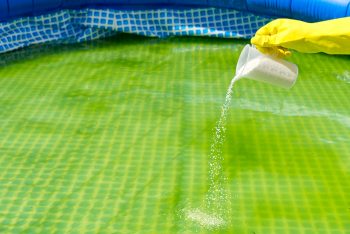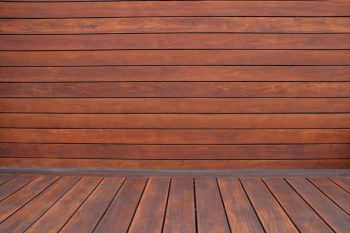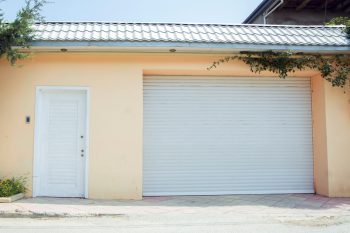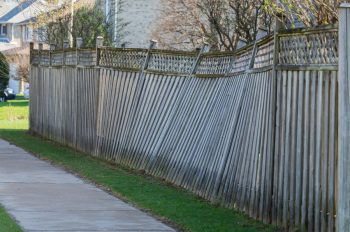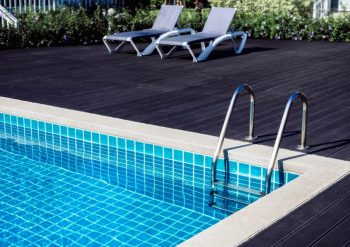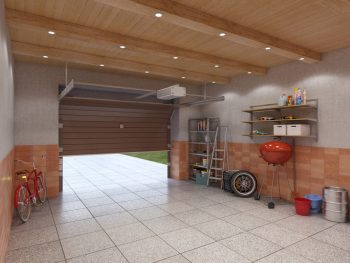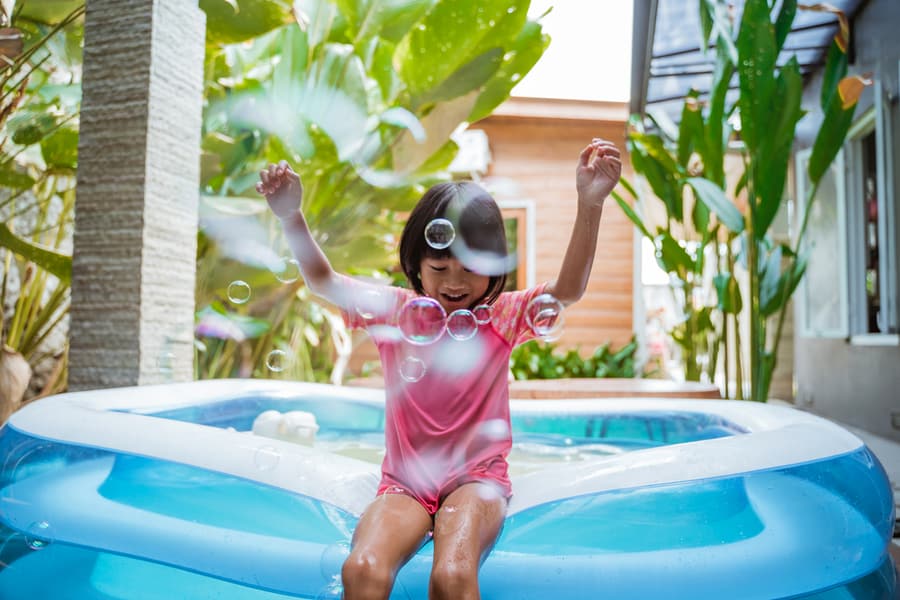
Concrete is one of the most viable construction materials on which you can easily set up an inflatable pool; however, the concrete surface sometimes gets rough, which can cause punctures in the pool PVC.
To protect your inflatable pool on a concrete surface, you can put foam Interlocking tiles, carpet padding, solid foam sheet, tarp, or pool Liner pads under it.
To simplify things, we’ve written a guide to tell you what you can put under an inflatable pool on concrete to make the surface perfect and protect your swimming puddle.
7 Things To Put Under Inflatable Pool on Concrete
Concrete is vulnerable, can get rough, and cause abrasion to the objects on top of it. So to be careful, always put a soft material under the inflatable pool for an extended lifespan.
Let’s find the best material to put under an inflatable pool on concrete.
1. Foam Interlocking Tiles

Foam interlocking tiles are also used as yoga mats or in kids’ play areas because they are sturdy and soft. For example, you can use them under an inflatable pool as a simple solution to protect them.
The foam interlocking tiles are resistant to wear and tear and can eliminate the growth of mold and mildew.
2. Carpet Padding
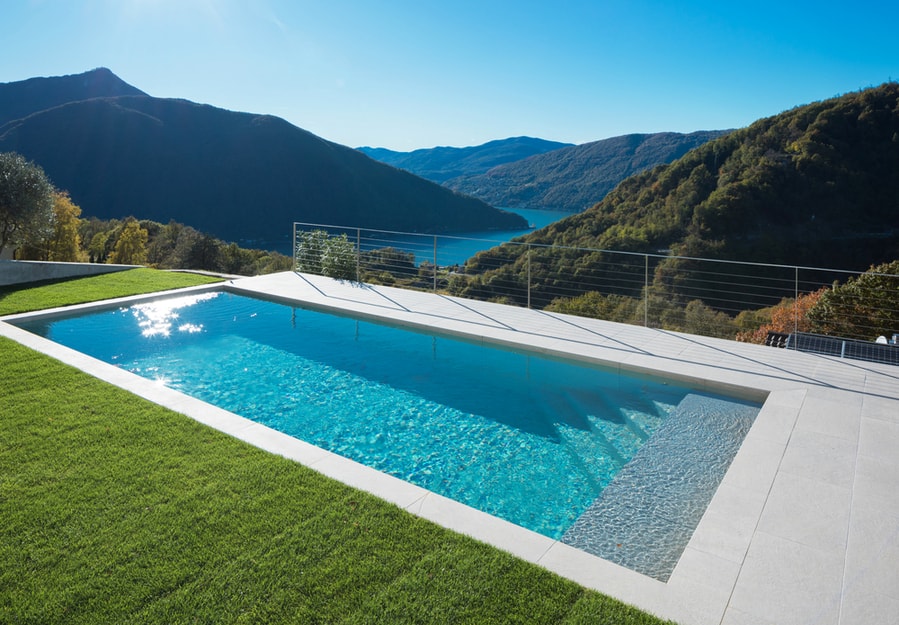
If you plan to throw away an old carpet, keep it safe to use at the bottom of the inflatable pool. Although the performance will not be up to the mark, you can still consider it for now.
The better alternative will be to use a rug pad or memory foam beneath the carpet to form a sponge-like base, providing much better resistance than using a carpet alone.
3. Solid Foam Sheet
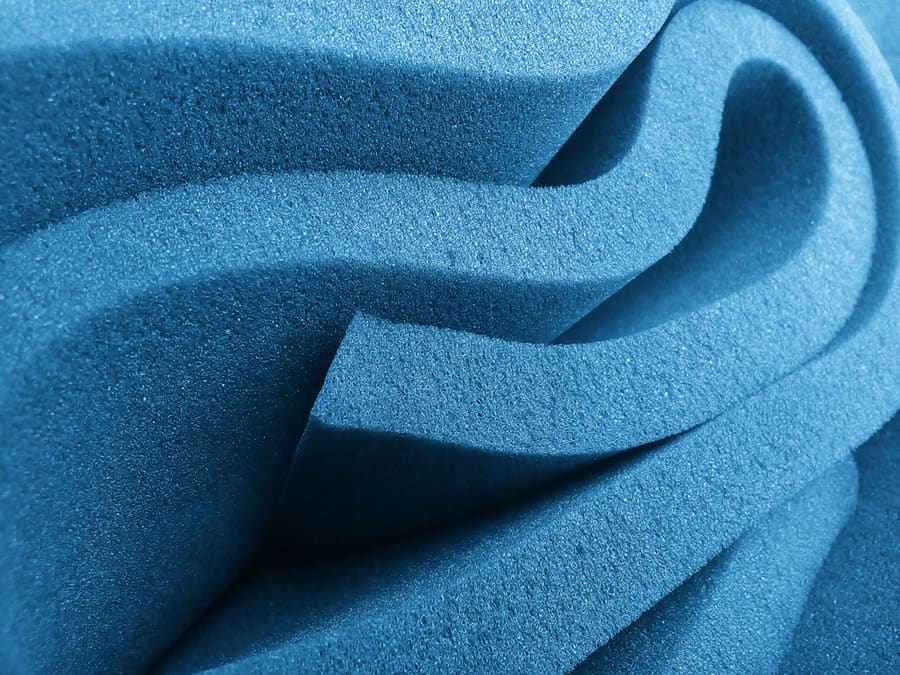
Solid foam sheet is made from polyurethane or polystyrene, which are very effective materials used under an inflatable pool. The sheet is cost-effective and creates a nice, comfortable cushion.
4. Tarp
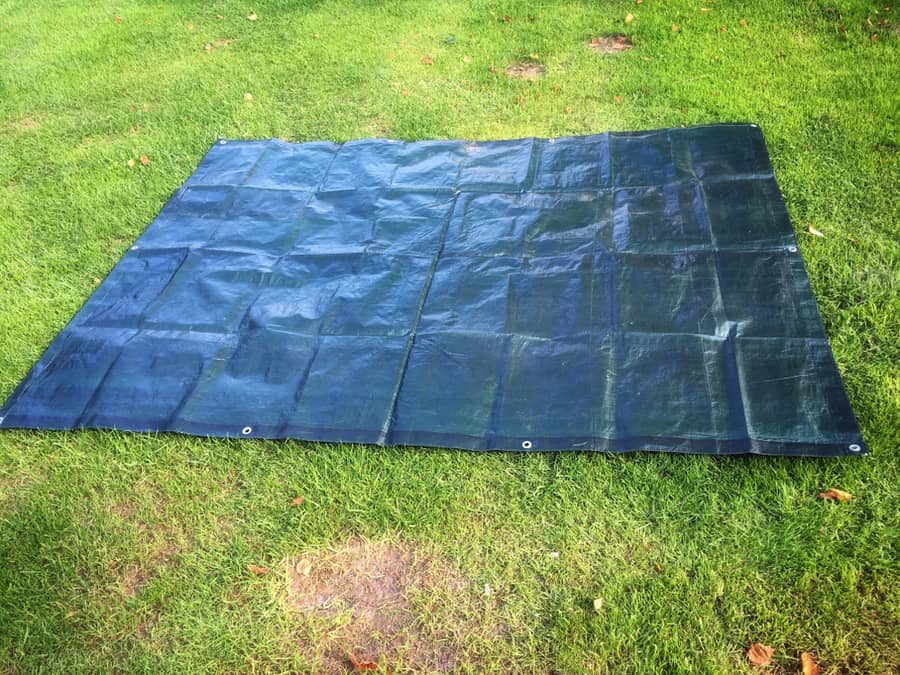
A tarp is a waterproof sheet made with polyester used mainly to resist rainwater on several surfaces, such as concrete. The thick layer on the tarp is helpful and durable for the long term.
Also, they come in many sizes you can choose according to your inflatable pool size.
You can easily place it below the inflatable pool because it provides thickness to withstand water while safeguarding against algae and mosses.
Tarps can create a tight seal, preventing water from getting to the surface and causing expensive damage.
5. Pool Liner Pads

Pool liner pads are used under inflatable pools to protect their lining. They are made with a tough material called “Felt,” which is highly resistant to sharp stones and doesn’t trap moisture.
You can install them yourself without any difficulty. In addition, the pool liner pads are available in all sizes and shapes, proving to be a perfect fit underneath your inflatable pool.
6. Flooring Underlayment

Flooring underlayment is a cheap option to put under an inflatable pool on concrete. The material is thin, spongy, and provides abrasion resistance.
You can also use it for insulation, absorption, or protecting floors.
Applying a flooring underlayment to the pool may be exhausting, as you need several layers to achieve the correct cushioning.
7. Sand

Sand is the most common bedding for inflatable pools over a concrete surface. However, it’s not durable because the sand erodes over time.
Furthermore, laying and smoothening the sand is also challenging and time-consuming.
Conclusion
The concrete surface is solid and rough, so putting an inflatable pool over it and letting your kids jump around on it can result in injuries to them or damage to the pool.
Hopefully, this article has helped you determine what to put beneath an inflatable pool on concrete to ensure its long and safe usage.
Frequently Asked Questions
What Is the Best Material To Be Placed Under an Inflatable Pool?
Concrete is the best option to be used as a base. Grass can’t grow on or through it, and animals and bugs can’t damage the surface.
However, if there’s moisture on a concrete surface, you can expect it to become rough; that’s not a good sign for the inflatable pool.
How Long Can Water Remain in an Inflatable Pool?
You can change the water after two weeks at a minimum. After that, you must empty the pool daily if you are not using chlorine to kill germs.
Stagnant water without chlorine can become unhealthy in at least 24-48 hours.
Can You Seal the Concrete To Make It Waterproof?
Concrete sealants create a layer that stops moisture from penetrating the surface. As a result, the sealants can prevent the concrete’s color, appearance, or primary performance from changing.
Will My Inflatable Pool Collapse if the Concrete Surface Is Rough?
The inflatable pool will eventually collapse if the concrete surface is rough and has spiked stones and pebbles.
How Long Do Pool Inflatables Last?
You should take care of your pool during the off-season to keep it going for its estimated 10-year lifespan.
Such pools are built sturdy enough to last a few decades but won’t survive one year if placed on rough and rocky concrete surfaces.
